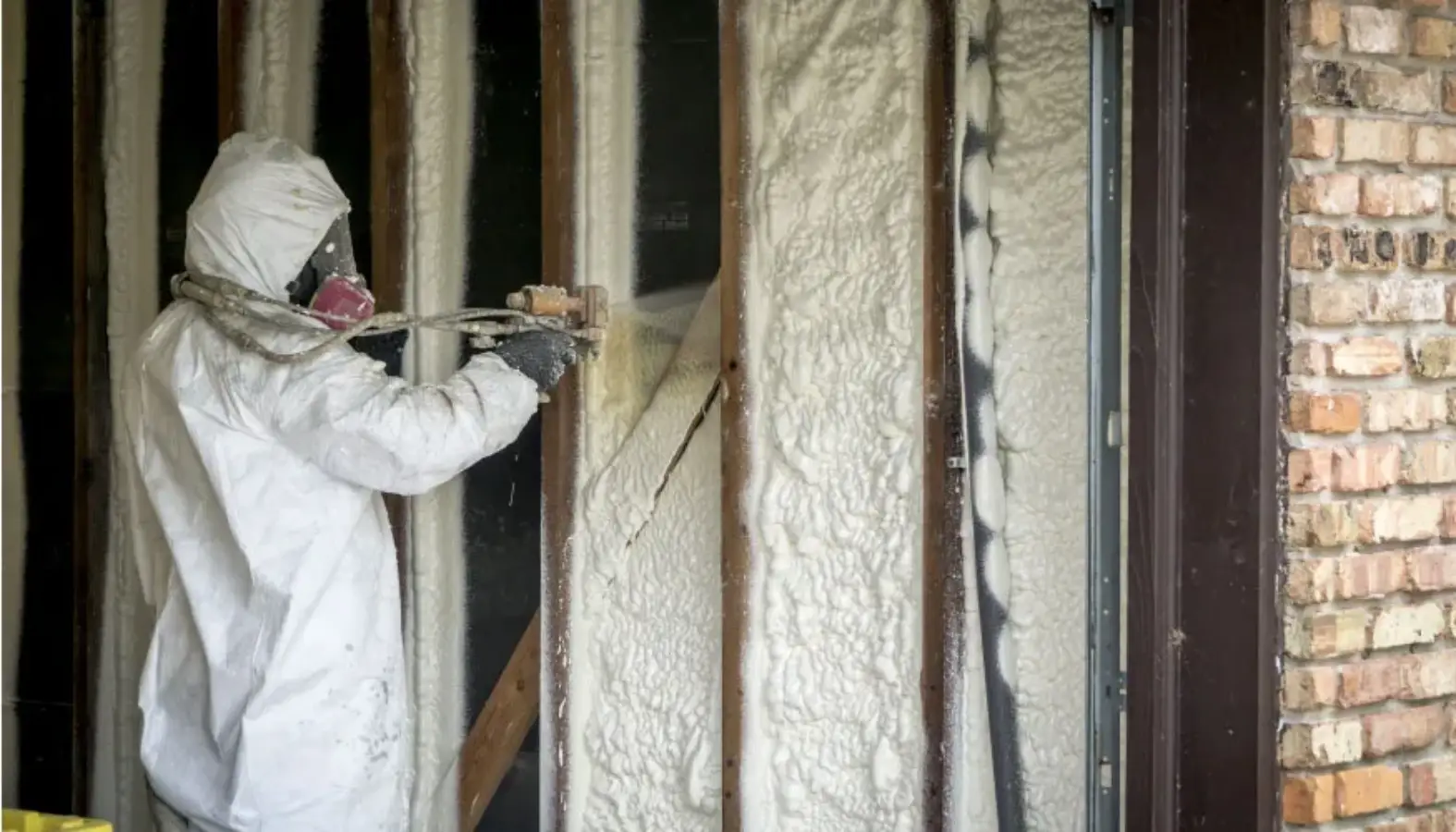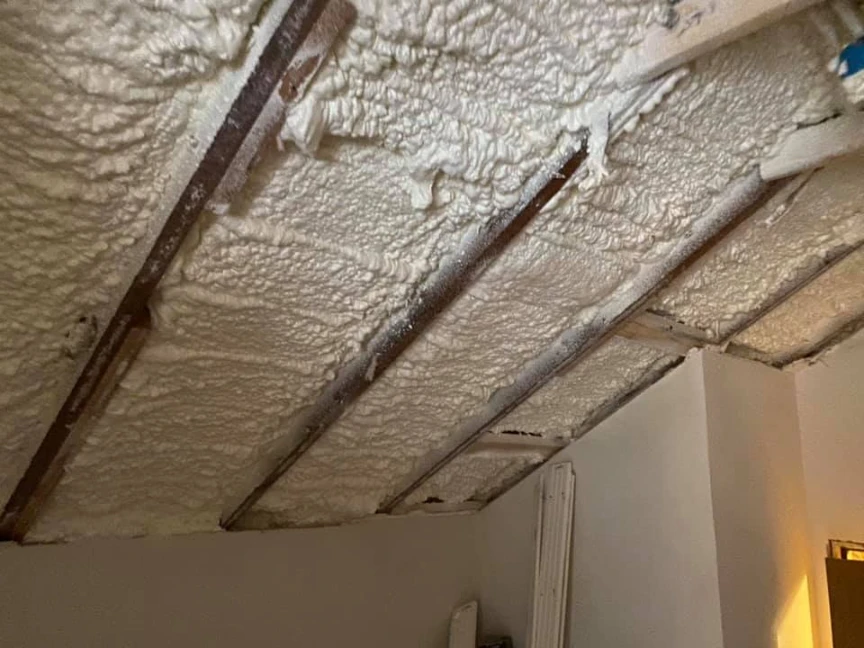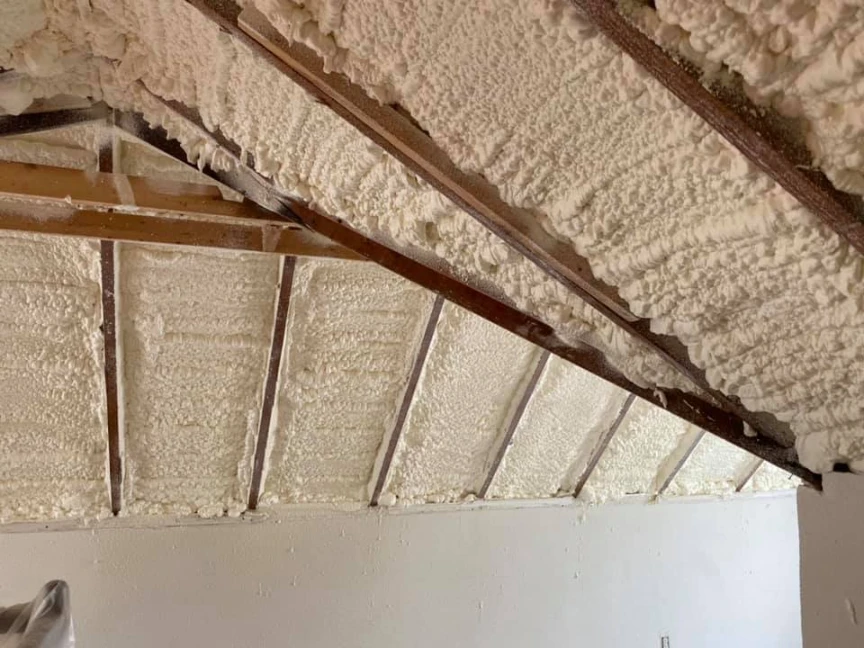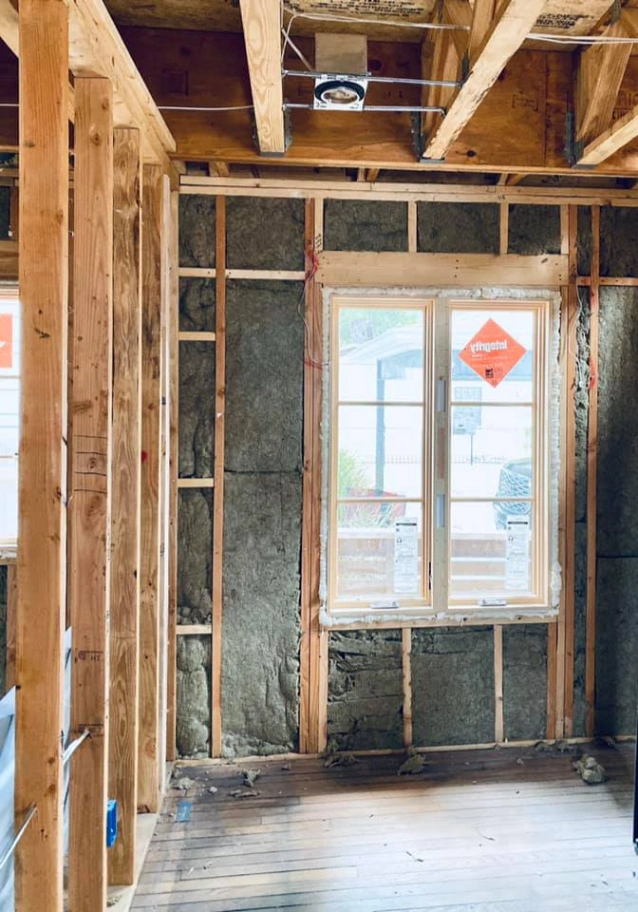Understanding Indoor Air Quality and Its Impact
Indoor air quality (IAQ) plays a major role in the comfort and health of residents in Comal County. Poor air quality can lead to respiratory issues, allergies, and increased exposure to airborne pollutants. Traditional insulation materials often contribute to these problems by allowing air leaks, trapping moisture, or deteriorating over time. Spray foam insulation provides a solution that enhances air quality while improving energy efficiency.
How Spray Foam Insulation Reduces Airborne Contaminants
Spray foam insulation creates an airtight seal that limits the infiltration of outdoor pollutants such as dust, pollen, and vehicle emissions. Unlike fiberglass or cellulose insulation, which can allow air to pass through gaps, spray foam expands to fill crevices and seals potential entry points.
Blocking External Pollutants
- Reduces the penetration of outdoor allergens.
- Lowers the presence of vehicle exhaust, industrial pollutants, and airborne toxins.
- Helps keep pests and rodents from entering and contaminating indoor air.
Limiting Mold and Mildew Growth
- Prevents moisture accumulation, which can lead to mold formation.
- Acts as a vapor barrier, reducing condensation inside walls.
- Minimizes the risk of airborne mold spores that trigger respiratory problems.
Reducing Indoor Allergens and Irritants
Air leaks in homes can introduce allergens, dust mites, and volatile organic compounds (VOCs). Spray foam insulation helps by:
- Sealing off spaces where dust and allergens can accumulate.
- Preventing air drafts that distribute airborne particles.
- Reducing humidity levels, which discourages dust mites and bacteria growth.
Enhancing Ventilation and Airflow Efficiency
A well-insulated home retains conditioned air more effectively, reducing the strain on HVAC systems. With spray foam insulation:
- Air circulation becomes more controlled, ensuring that clean, filtered air is evenly distributed.
- HVAC systems operate more efficiently, reducing the need for excessive heating and cooling cycles.
- Consistent temperatures help eliminate condensation and moisture-related air quality concerns.
Improving Energy Efficiency While Enhancing Air Quality
Spray foam insulation contributes to lower energy bills by reducing heat transfer and improving HVAC performance. This, in turn, leads to cleaner indoor air because:
- HVAC filters last longer and function better due to reduced dust accumulation.
- Homes require less frequent heating or cooling, minimizing air turbulence that stirs up contaminants.
- Carbon footprint decreases as energy consumption drops.
Finding the Right Insulation for Your Home
Choosing spray foam insulation means investing in long-term air quality improvements and energy efficiency. If you’re in Comal County, Stellrr provides expert installation tailored to your home’s needs. Contact us at (512) 710-2839 or email info@stellrr.com to learn more about improving your indoor air quality with spray foam insulation.
Long-Term Health Benefits of Spray Foam Insulation
Better indoor air quality has lasting health benefits, particularly for individuals with asthma, allergies, or respiratory sensitivities. Spray foam insulation helps by:
- Reducing exposure to airborne pollutants that trigger symptoms.
- Maintaining a stable indoor climate that minimizes respiratory discomfort.
- Preventing structural issues related to mold, which can lead to long-term health concerns.
Frequently Asked Questions
1. Does spray foam insulation prevent mold growth?
Yes. Spray foam insulation reduces moisture buildup, which is a key factor in mold development. By sealing air leaks and acting as a vapor barrier, it minimizes conditions where mold can thrive.
2. Can spray foam insulation help with allergies?
Absolutely. By sealing gaps and preventing outdoor allergens like pollen and dust from entering, spray foam helps create a healthier indoor environment for allergy sufferers.
3. Will spray foam insulation improve HVAC efficiency?
Yes. By reducing air leaks and stabilizing indoor temperatures, spray foam insulation helps HVAC systems operate more efficiently, reducing wear and tear on the equipment.
4. Is spray foam insulation safe for indoor air quality?
Once cured, spray foam insulation does not release harmful chemicals into the air. It also prevents pollutants from entering the home, further enhancing air quality.
5. How long does spray foam insulation last?
Spray foam insulation is highly durable and can last for decades without significant deterioration, making it a long-term solution for air quality and energy efficiency.
6. Can spray foam insulation reduce humidity levels?
Yes. By sealing air leaks, spray foam helps regulate indoor humidity, reducing conditions that promote mold, mildew, and dust mites.
7. Does spray foam insulation eliminate drafts?
Yes. Unlike traditional insulation, which can leave gaps, spray foam expands to completely seal cracks and crevices, eliminating drafts that impact indoor air quality.
8. How does spray foam insulation compare to fiberglass for air quality?
Spray foam provides superior air sealing compared to fiberglass, which can allow dust and allergens to pass through. It also does not degrade over time, maintaining its air-quality benefits for years.
9. Is spray foam insulation a good investment for older homes?
Yes. Many older homes have air leaks and outdated insulation. Spray foam can modernize insulation performance, improving air quality and energy efficiency.
10. How can I get spray foam insulation installed in my home?
For professional installation in Comal County, contact Stellrr at (512) 710-2839 or email info@stellrr.com to schedule an assessment and get expert recommendations for your home.





